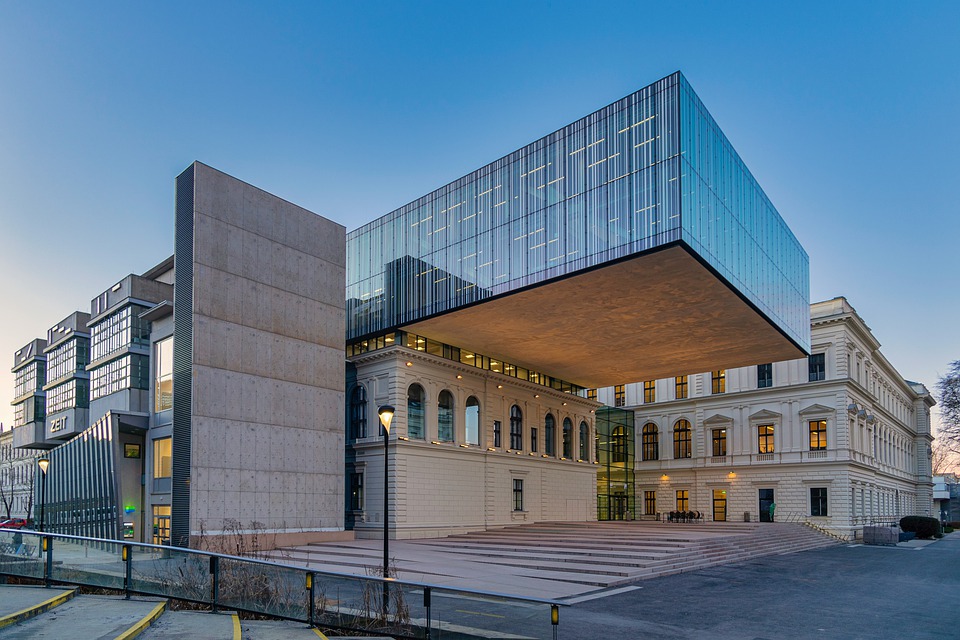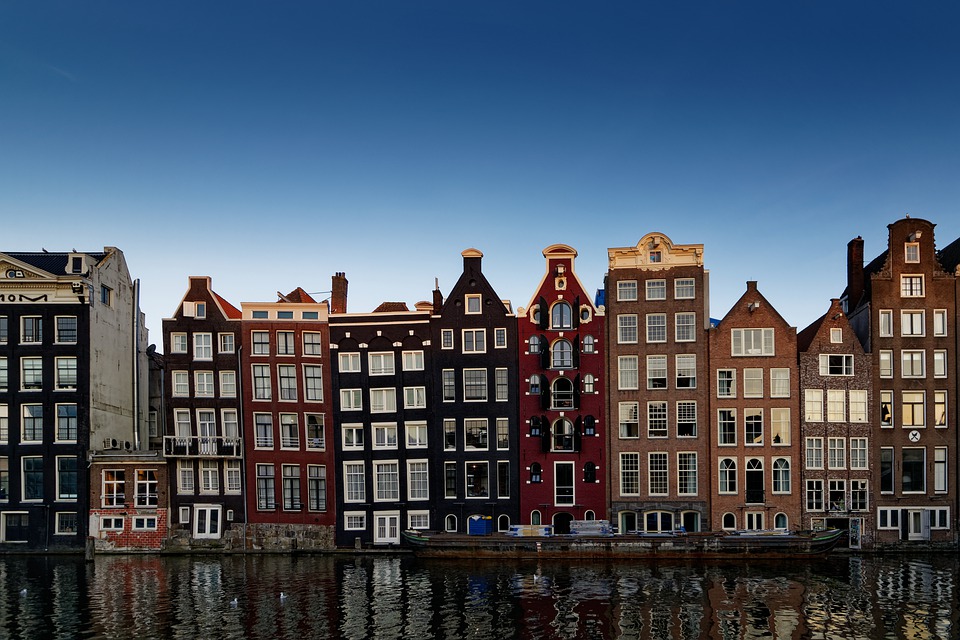Załubska Studio
Good and bad arcitecture

„Bad architecture is as much a design failure as a psychological one." Wrote Alain de Botton in his wonderful book "The Architecture of Happiness." He argued that "architecture is the material manifestation of the same propensity that makes us marry the wrong people, take the wrong jobs, and go on vacation to places we don't like - a propensity that stems from a lack of understanding of who we are and what satisfies us. In architecture, as in many other fields, we look for solutions to our troubles and set trivial tasks. We get angry instead of simply realizing that we are sad, and we tear down old streets instead of equipping them with sewers and proper lighting. We draw the wrong conclusions from our worries and search in vain for the sources of our contentment."

Interior design tasks.

The power of the environment in interior design.
The first - a comfortable room with a large window, behind which there is an unusual view. A fresh breeze muscles your face. You sink into a cozy armchair full of soft, nice-to-touch cushions. The warm light of an atmospheric lamp soothes your eyes, while your ears are soothed by your favorite CD played on a quality stereo. With a drink of the gods in hand you relax perfectly. The second - a dark, soggy garage with a tiny, moss-covered window under the ceiling - you sit on an unhewn wooden box, whose mangled boards dig into your seat. An unpleasant smell bites your nostrils, and the rasp of your neighbor's grinding metal drives Eustachian's trumpet crazy. With which of these interiors would we like to identify our sense of comfort and security? Most of us would certainly choose the first scenario. But perhaps there are individuals who, in a way known only to themselves, find pleasure in the sensations of episode two. Perhaps the smell of the garage reminds them of shared moments with their father repairing the car in the afternoons. The uncomfortable seat on the box may recall in their minds a sentimental trip with their grandfather in a horse-drawn wagon, whose bench was equally uncomfortable. A window overgrown with moss can be quite similar to the one in an old barn where a pair of lovers took shelter from the rain.And although we consciously choose places that are comfortable, friendly and aesthetically pleasing, sometimes we are not quite so happy in them, because we are not so brave as to bring to them an unusual element that evokes pleasant sensations and memories.

The role of the interior designerh4>
-
Often we are unable to access the information hidden within ourselves. We can't read precisely what we like, we are afraid to show what gives us pleasure. Above our needs we place considerations of social norms, prestige or aesthetic judgments of others higher. We are guided by our obligations to our surroundings, loved ones or fashion, which is imposed by countless magazines and interior design programs. Yes, these aspects do matter to some extent. However, it takes a lot of time and energy to determine what is best for us. This is where interior designers and architects come to the rescue. However, being an interior designer myself, I know that it takes special skills to do this job well. And not only in the field of learned craftsmanship, but above all in the ability to read human needs.
Because, as Ludwig Wittgenstein, author of the Treatise on Logic and Philosophy, who undertook the construction of his sister's house, wrote: "You think philosophy is difficult but I assure you it is nothing compared to how difficult it is to be a good architect."
A good interior designer, therefore, is not only a person who knows the latest trends, has a great feel for proportions or has an eye for color. Being a good designer is the ability to read people's deepest hidden needs and desires for the spaces we decide to create togethe